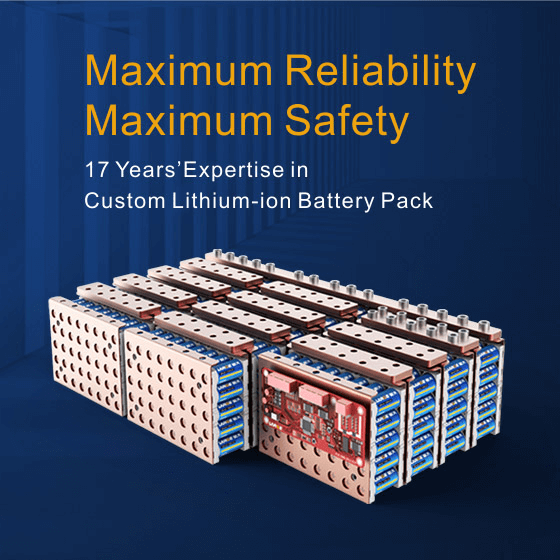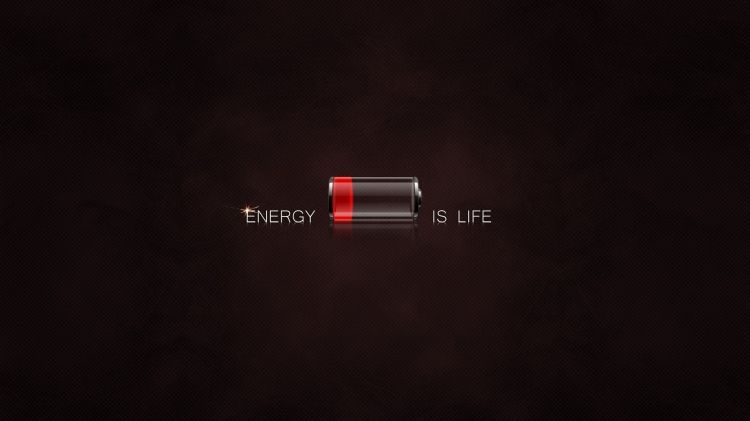Li Ion 18650 Battery Comparison
Jun 11, 2019 Pageview:920
Lithium battery technology is arguably the finest battery technology of the 21st century. Lithium battery technology is based on the features of the lithium metal. Lithium is a very light metal: it is the lightest metal known to man. Lithium also has other features that have driven lithium battery technology such as the high electrochemical gradient as lithium is a metal with the greatest electrochemical gradient amongst the available metals. Because of these features of lithium, lithium batteries are especially known for their high-energy density. Lithium batteries are thus some of the best applicable batteries across different fields. The available lithium batteries include those that are applicable in medicine as well as in fields such as security and automobile. Lithium batteries are especially expected to drive the availability of electric cars in the future.
The components of lithium-ion batteries differ. The components of these batteries also influences the application of the batteries. Batteries with certain components are more applicable in automobiles, while others are more suited for portable devices such as flashlights and laser pointers. There are also lithium-ion batteries that are suitable for use devices such as laptops. Lithium-ion batteries are especially adapted in use in settings where there is a focus on light weight of the battery as well as high-density energy of the battery.
Lithium-ion batteries are available in different specifications, and these specifications include the size of the batteries. The nomenclature of batteries according to the size usually reflects the height as well as the diameter of the cell of the battery. For 18650 batteries, for example, the height of the battery is 65 mm, while the diameter of the battery is 18 mm.
18650 lithium-ion batteries are especially known for their wide application because of the noteworthy features of the battery. These features include the low discharge rate of the batteries. The low discharge rate feature of lithium batteries reflects the fact that these batteries can be used for long periods. It is also noteworthy that 18650 lithium-ion batteries can be charged and discharged by a large number of times. The number of charge and discharge cycles of lithium-ion batteries is a direct reflection of the longevity of these batteries.
Because of these specific features of 18650 lithium batteries, these batteries are adapted for use in portable devices. These portable devices include flashlights as well as laptops. These batteries can also serve as a source of electrical energy for laser pointers as several other portable electrical devices.
Types of Lithium-Ion 18650 batteries
Lithium ion 18650 batteries are also grouped into subcategories. These subcategories include those that are based on the appearance of the battery as well as those that are based on protective features of the batteries.
Based on the appearance of the batteries, flat top lithium-ion 18650 batteries can be flat top batteries or buttoned top batteries. With the tight casing of a lithium-ion 18650 battery, there is the anode and the cathode. The tight container where the anode and cathode are found then has an open top. The cap of this open top is the positive pole. The appearance of this positive pole is the basis of the difference between flat top batteries and buttoned top battery. The positive pole of the flat top battery is flat, while the positive pole of the buttoned top battery has a button-like protrusion. The nature of the positive pole of a battery influences the types of devices these batteries can power. Since these batteries are available to direct consumers, one has to confirm if the device the batter will power accepts flat top batteries or button top batteries. It is noteworthy that there are devices that accept both flat top and button top devices. Apart from the nature of the positive pole end of flat top and button top batteries, other features are the same. A flat top battery with a certain specification has the ability to power similar devices that will be powered by a button top battery with similar specifications. The availability of these batteries as flat top batteries as well as button top batteries is linked to the lack of strict regulations regarding the specifications of 18650 batteries.
18650 lithium-ion batteries could also exist as protected and unprotected. This classification is based on the protective features of these batteries. It is noteworthy that 18650 batteries are susceptible to damage from charging failures. For example, 18650 batteries has a nominal voltage value of 3.7. While the battery discharges, it is important that the voltage does not become lower than 3.0. In unprotected 18650 batteries, there are no protective features to ensure that the voltage doesn’t become lower than the safe value. This feature is present in protected 18650 lithium-ion batteries. The built-in protective features of protective 18650 lithium-ion batteries include features that monitor the temperature when the battery is being charged and discharged.
The protective features of lithium-ion 18650 batteries thus serve as an insurance policy that ensures the longevity of the batteries. To ensure longevity of batteries and prevent the damage that could result from charging and discharging issues, manufacturers of device tend to opt for protected batteries. Consumers also opt for protected batteries when they are particularly concerned about the safety of their devices, except when the device has other protective features.
Choosing an 18650 Lithium-Ion Battery
There is a wide variety of 18650 batteries available on the market. These batteries include the fake ones as well as the genuine ones. In choosing an 18650 lithium-ion ion battery, it is thus important to go with product from established manufacturers even buying directly from these manufacturers if necessary.
Certain features determine the efficiency of an 18650 lithium ion battery. These features should also be considered before choosing one’s preferred battery. These features include the capacity and the continuous discharge range. The voltage operating temperature also determines the efficiency of an 18650 battery and should be considered against established criteria.
It is, however, notable that certain manufacturers buy substandard batteries and pass them off as standard batteries in a way that is undetectable. It is especially necessary to stick with trusted brands because of fraudulent vendors and manufacturers.
- Prev Article: 18650 Flat Top Battery Review
- Next Article: Nickel Cadmium Batteries vs Lithium Ion Batteries
Leave Message
Hottest Categories
-
Hottest Industry News
-
Latest Industry News













